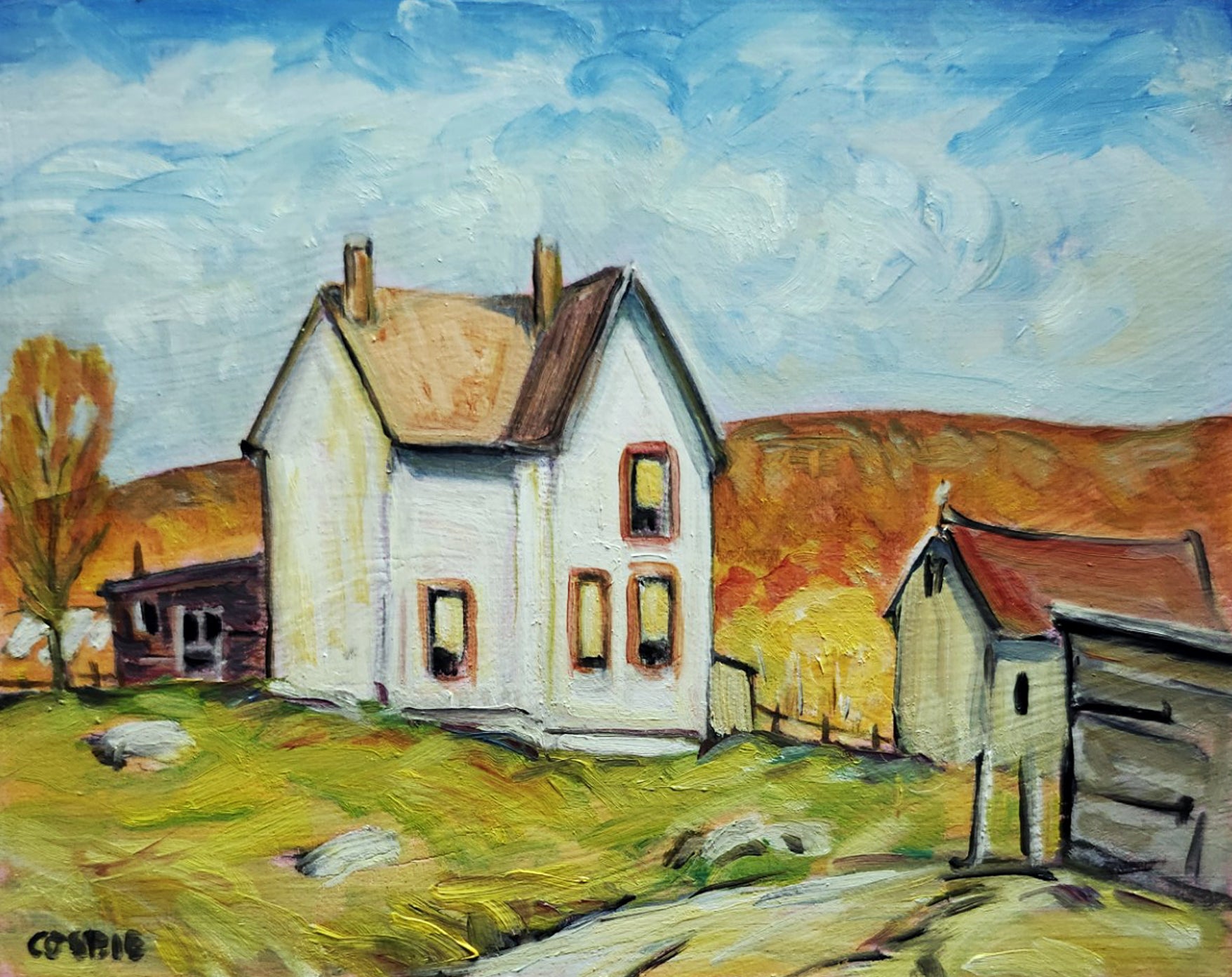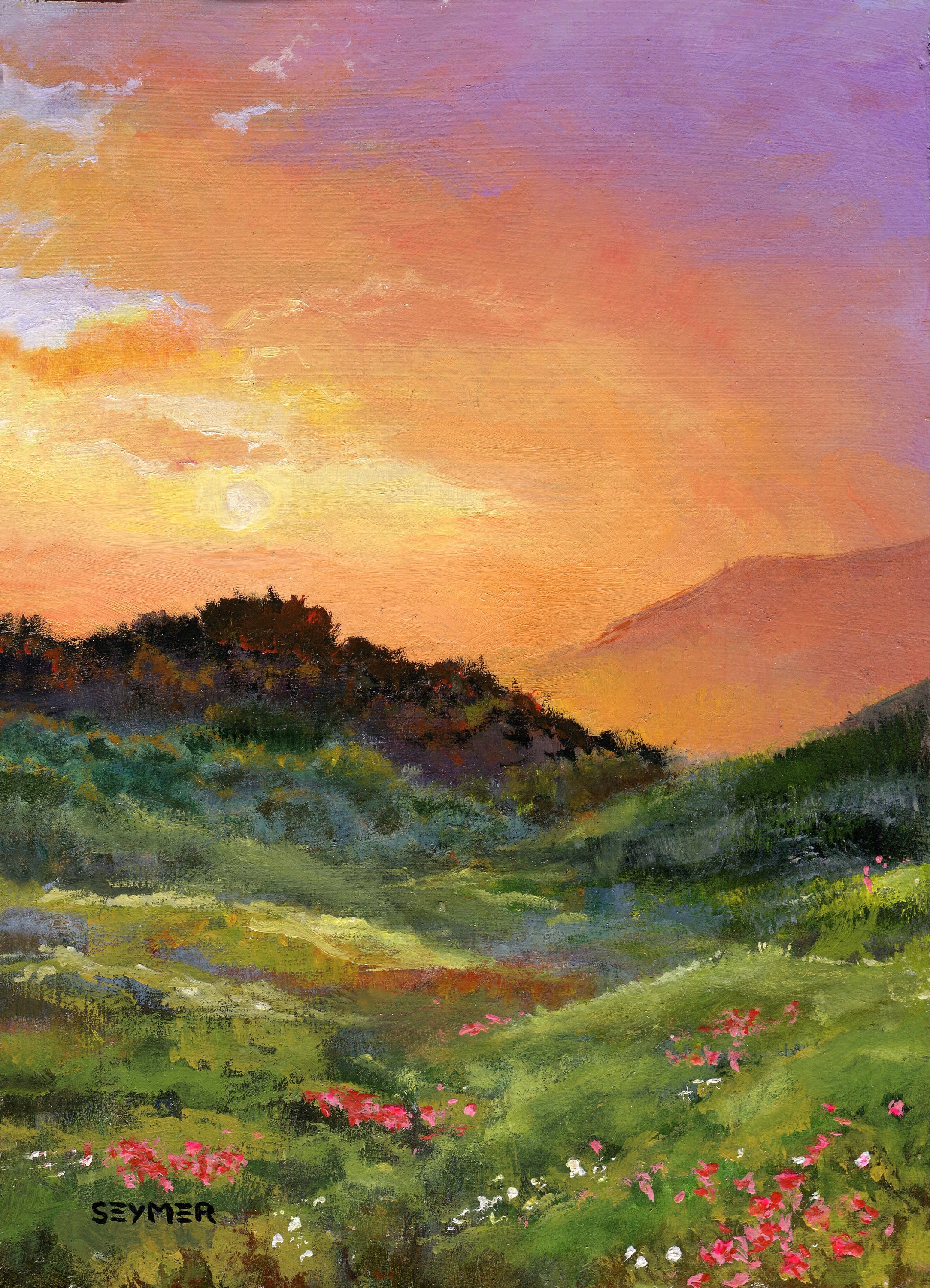Striking Landscape and Nature Oil Paintings for Sale
Discovering All Concerning Oil Paints: A Guide to Comprehending Their Charm and Value
Oil paints have actually astounded target markets for centuries, using a peek into the creative mastery of various eras. Their abundant background is intertwined with ingenious techniques and extensive psychological expression. Comprehending the materials and methods behind these art work can improve recognition. Furthermore, the market for oil paints provides chances for collection agencies and investors alike. As one discovers this interesting globe, the concern arises: what makes an oil paint genuinely important?
The History of Oil Paint: A Journey Via Time
Although oil paint has roots that go back to ancient times, it genuinely thrived throughout the Renaissance, when musicians found its flexibility and abundant color possibility. Early examples can be mapped to the 7th century, with strategies developing especially across societies. The tool ended up being noticeable in Northern Europe in the 15th century, particularly via the jobs of artists like Jan van Eyck, who originated its use for in-depth realistic look and dynamic colors. This duration marked a separation from tempera paints, enabling greater depth and appearance. As oil painting spread, it affected many musicians, resulting in work of arts by prominent figures such as Leonardo da Vinci and Rembrandt. The tool's heritage continues, shaping the art world well into modern-day times.
Understanding Oil Paints: Materials and Techniques
As artists discover the world of oil paints, they come across a varied array of materials and methods that specify this medium. The key parts of oil paint consist of pigments, which supply shade, and drying out oils, such as linseed, that bind the pigments and facilitate application. Different additives can customize the paint's appearance and drying out time, boosting flexibility. Methods like glazing, where clear layers are accumulated, and impasto, which entails applying thick paint, enable various visual impacts. Furthermore, using brushes, combination knives, and also fingers can develop one-of-a-kind textures and finishes. Comprehending these products and methods enables artists to completely reveal their imagination and accomplish the preferred impact in their artwork.
The Role of Shade in Oil Paints
Shade plays an essential function in oil paintings, affecting both visual appeal and psychological resonance. Recognizing color theory essentials, including the partnerships in between hues, can enhance a musician's capability to convey state of mind and ambience. Furthermore, understanding shade mixing methods enables better deepness and richness in a paint's scheme.

Shade Concept Fundamentals
Comprehending color theory is essential for artists collaborating with oil paints, as it develops the foundation for creating unified and aesthetically appealing structures. Color theory encompasses the research study of how colors communicate, the shade wheel, and the relationships in between main, additional, and tertiary colors. Artists use corresponding shades to enhance contrasts and create focal points, while analogous shades promote unity and cohesiveness within an item. Additionally, the principles of trendy and warm shades influence the assumption of depth and room in a painting. Realizing these principles allows artists to adjust color properly, directing the viewer's eye and interacting their intended message. Mastery of shade concept ultimately enhances a musician's ability to communicate feelings and concepts with their job.
Emotional Effect of Shade
The psychological impact of shade in oil paints plays a vital role in how visitors connect and perceive with artwork. Shades stimulate specific feelings and state of minds, affecting the viewer's psychological state. As an example, cozy tones like oranges and reds can create a sense of heat and energy, while amazing tones such as blues and eco-friendlies often stimulate peace or self-contemplation. Artists purposefully select shade schemes to improve narrative aspects, directing the target market's emotional journey. The saturation and contrast of colors additionally intensify these results, drawing attention and creating emphasis. Eventually, the interaction of shades in oil paints not just boosts their visual allure yet also works as a powerful medium for psychological expression, enriching the customer's experience and analysis.
Shade Combining Techniques
While lots of elements of oil paint contribute to the general structure, grasping color mixing techniques is important for accomplishing desired effects and depth. Shade blending can be come close to with different methods, including the additive and subtractive processes. Additive blending entails incorporating colors of light, while subtractive mixing relies upon pigments, where shades blend to create brand-new tones. Musicians typically use a minimal scheme to produce unified jobs, recognizing the connections in between key, secondary, and tertiary shades. Techniques such as glazing and scumbling even more enhance deepness and luminosity. By skillfully mixing colors, a musician can evoke feelings, produce prime focus, and achieve a feeling of realistic look, eventually elevating the painting's psychological and aesthetic effect.
Famous Oil Painters and Their Iconic Functions

Famous for their proficiency of shade and method, oil painters have produced a few of one of the most popular art work in background. Prominent musicians like Vincent van Gogh captivated audiences with his emotive brushwork in "Starry Night," while Claude Monet's "Impression, Sunrise" laid the groundwork for Impressionism. Leonardo da Vinci's "Mona Lisa" remains an enduring symbol of artistic genius, showcasing his skill in catching human expression. Rembrandt's "The Evening Watch" shows his ingenious use of light and shadow. Other notable numbers consist of Pablo Picasso, who transformed contemporary art with his bold trial and error in jobs like "Les Demoiselles d'Avignon," and Georgia O'Keeffe, whose lively representations of landscapes and flowers aided specify American modernism. Each artist's distinct style contributed considerably to the oil painting landscape.
Exactly how to Assess the High Quality of an Oil Painting
Assessing the high quality of an oil painting involves a careful assessment of craftsmanship techniques, as well as an evaluation of color and composition. Observing brushwork, layering, and the application of paint can reveal the artist's ability degree. Furthermore, the interplay of colors and the overall setup of components add significantly to the painting's aesthetic value.
Assessing Workmanship Strategies
A careful evaluation of craftsmanship techniques is essential for establishing the top quality of an oil painting. Evaluators need to initially take a look at the application of paint; thick, textured brushstrokes might recommend a knowledgeable hand, while excessively uniform applications can indicate an absence of deepness. oil paintings for sale. The layering method is additionally crucial; the presence of lusters and differed thickness can improve luminance and complexity. Furthermore, the high quality of the products utilized, such as the canvas and pigments, plays a considerable role in toughness and general visual. Interest to information in aspects like sides and shifts in between colors mirrors the artist's commitment to their craft. Inevitably, these strategies add to the painting's psychological effect and market worth, working as indicators of the musician's skill and intent
Analyzing Color and Composition
While examining the top quality of an oil painting, one should focus on the interaction of shade and make-up, as these components are fundamental to the artwork's overall effect. Color options can develop and evoke emotions state of mind; therefore, the artist's palette ought to be taken a look at for consistency and comparison. A healthy make-up routes the visitor's eye and creates a feeling of unity. Artists frequently use techniques like the guideline of thirds or leading lines to improve aesthetic interest. Additionally, the use of light and shadow can include deepness, enhancing the three-dimensionality of the painting. Eventually, an effective oil painting marries color and structure, involving the visitor and inviting a deeper gratitude of the artist's vision and technique.
Taking care of and Preserving Oil Paintings
Correct treatment and conservation of oil paintings is vital for preserving their integrity and long life. To shield these art work, it is important to display them far from straight sunlight, which can cause fading and discoloration. Maintaining a stable setting with controlled temperature and moisture additional aids in preventing damages. Cleaning up ought to be done gently making use of a soft, completely dry cloth, staying clear of any type of severe chemicals that could damage the paint or varnish. Regular inspections for indicators of wear and tear, such as breaking or flaking, are recommended. When keeping or carrying oil paintings, proper extra padding and framework are needed to prevent physical harm. Inevitably, thorough care contributes to the aesthetic allure and worth of oil paintings over time.
The Marketplace for Oil Paints: Gathering and Investing
Recognizing the marketplace dynamics for oil paints is necessary for investors and enthusiasts alike. The value of these art work is influenced by various variables, including the musician's credibility, historical relevance, and current fads. Collection agencies typically seek pieces that reverberate directly while taking into consideration possible appreciation in value. Auctions and galleries act as key venues for trading, with costs changing based upon demand and rarity. Purchasing oil paints calls for study into the marketplace, in addition to an understanding of authenticity and provenance. Furthermore, emerging artists may use possibilities for substantial returns, while developed names can regulate high prices. In general, a critical strategy to collecting can yield both visual satisfaction and economic incentives.

Regularly Asked Inquiries
What Are the Ecological Effects of Oil Painting Materials?
The ecological impacts of oil paint materials consist of the release of unstable organic substances (VOCs), harmful waste generation, and resource extraction for pigments. These elements contribute to contamination and eco-friendly destruction, elevating concerns among eco aware musicians and customers.
Just How Do Various Canvases Influence Oil Paint Outcomes?
Various canvases affect oil paint results substantially. Absorbency, structure, and surface high quality can modify paint application, drying times, and shade vibrancy. Artists typically pick specific canvases to achieve wanted results and improve their imaginative expression.
Can Oil Paintings Be Recovered if Harmed?
Oil paints can undoubtedly be brought back if damaged. Expert conservators use various techniques to fix rips, clean surface areas, and address staining, making certain that the artwork retains its initial appeal and value for future generations.
What Are the Indicators of an Initial Oil Painting?
The indicators of an original oil paint consist of noticeable brush strokes, texture variations, and an unequal canvas weave (oil paintings more info for sale). In addition, credibility might be validated via provenance, trademarks, and the visibility of a varnish layer one-of-a-kind to oil tools
Just How Has Technology Influenced Modern Oil Paint Techniques?
Modern technology has actually greatly influenced modern oil painting techniques by presenting digital tools for planning, boosted products for texture and long life, and online systems for selling and sharing art, consequently expanding artists' imaginative possibilities and target market get to. Oil painting has roots that date back to old times, it truly grew throughout the Renaissance, when musicians discovered its versatility and abundant color potential. The psychological influence of shade in oil paintings plays a vital function in exactly how viewers perceive and link with artwork. While many facets of oil paint contribute to the total structure, mastering shade mixing techniques is crucial for accomplishing desired results and depth. Evaluating the high quality of an oil painting entails a cautious assessment of workmanship techniques, as well as an analysis of color and structure. While assessing the top quality of an oil painting, one must concentrate on the interaction of color and make-up, as these aspects are essential to the artwork's total effect.